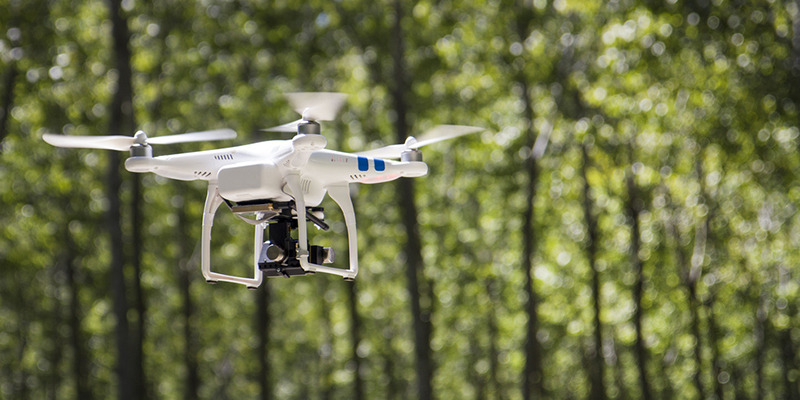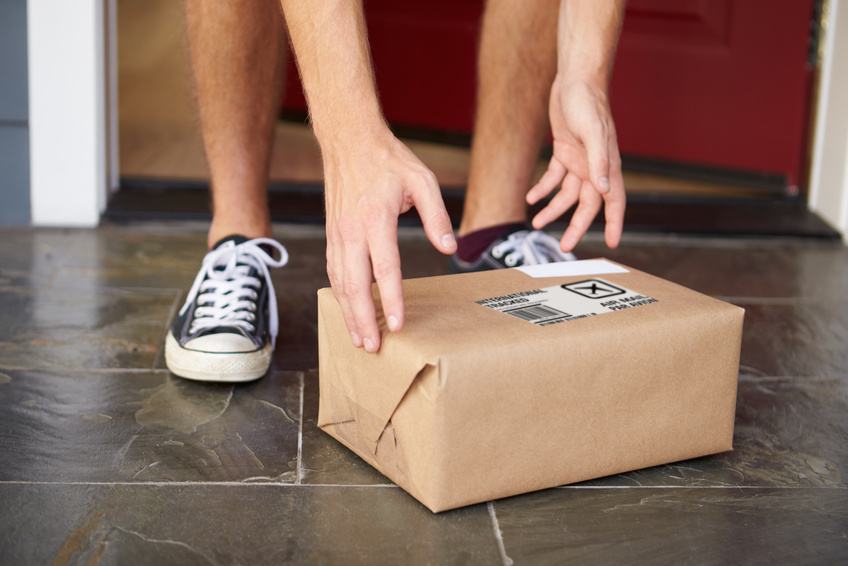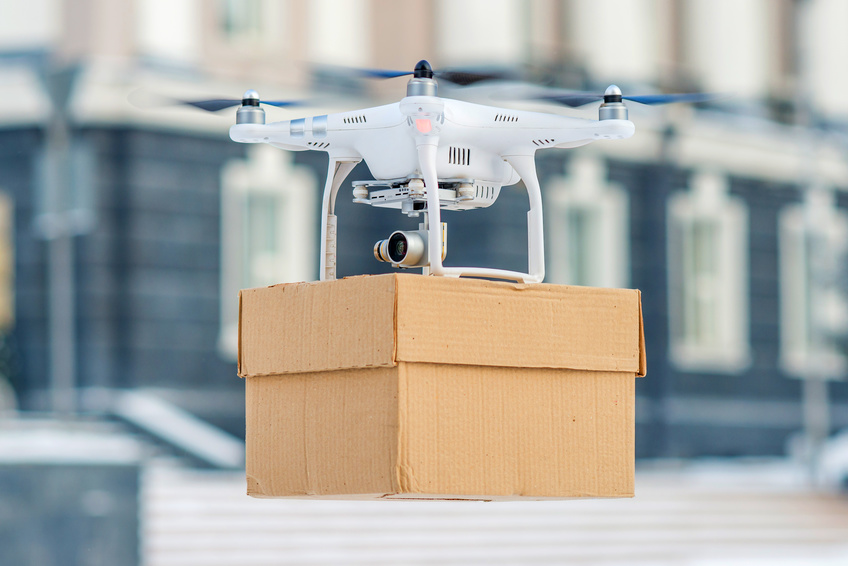Will drone delivery ever become the standard?

30 September 2016
The ongoing chat around drones has never been exclusively linked to a specific industry or purpose –they have potential uses in so many areas of life and business, from photography right through to the military.

As relatable applications go, however, the drone’s use as a delivery tool is perhaps the most regularly discussed. Could these hovering sci-fi-like machines ever replace conventional couriers? It’s a big ask, but some organisations seem to think it’s possible.
The innovators
It might sound like an idea from a futuristic movie, but many forward-thinking companies have already started planning and trialling drone delivery services. These organisations aren’t just maverick start-ups in search of a gimmick either – they’re huge multinationals genuinely looking for ways to increase efficiency and enhance customer experience.
American takeaway giant Domino’s Pizza is set to become the world’s first company to offer a commercial drone delivery service when it launches one in New Zealand in “late 2016.” This comes after a successful demonstration in Auckland in August.
Other companies reported to be testing the waters include Amazon, Google and US convenience store chain 7-Eleven.
The benefits of drone delivery
For companies like those mentioned above, the benefits are pretty obvious. Domino’s chief executive Don Meij puts it well by saying: “We’ve always said that it doesn’t make sense to have a 2-tonne machine delivering a 2kg order.”

The main benefit of addressing a disparity like this is the increased cost-efficiency. You no longer need to operate said two-tonne vehicle to get the product – pizza in this case – from A to B. That means no fuel costs and no driver’s wages to pay. In the long run, there’s less maintenance work to consider too.
The knock-on effect of this smoother (and cheaper) service is improved customer experience. The buyer gets their product sooner and potentially with a smaller delivery charge. They’re then happier to spend more in future, and everybody wins.
Challenges to overcome
The concept of drone delivery is as ambitious as it seems, and there are obstacles that must be overcome for it to evolve from ecommerce dream to a retail reality.
Many of the challenges are centred around security. First and foremost, you have aviation laws put in place to keep control of the skies, and these will differ from one government authority to the next. Retailers and delivery firms must be able to operate within these rules.
There’s also the issue of items making it safely to their intended recipients – items could potentially be purposely intercepted or even just dropped accidentally on the way. It’s for this reason that reliable proof-of-delivery systems are absolutely vital.

By integrating electronic proof-of-delivery (EPOD) equipment with delivery drones, sellers and couriers are able to benefit from the same security they’re used to, ensuring products make their unmanned journeys safely with cargo fully intact. Adding GPS tracking may also be beneficial to relocate missing drones and monitor delivery routes.
Are we there yet?
It’s impossible to say at present whether drone delivery will ever become the standard, but early signs are extremely positive. The money being invested in trials by some of the retail world’s biggest players says a lot about the potential, and providing the challenges above are addressed, there’s no reason it can’t be fulfilled.
Only time will tell how ‘normal’ drone delivery can become, so keep an eye on the big retailers – the media will no doubt be covering the topic pretty closely in the coming years.